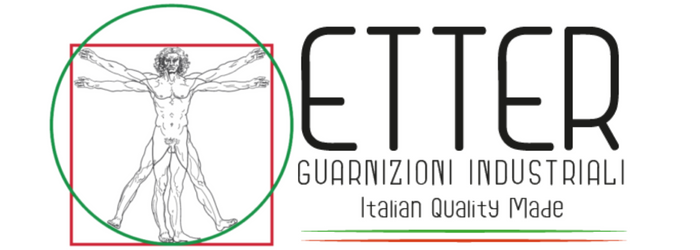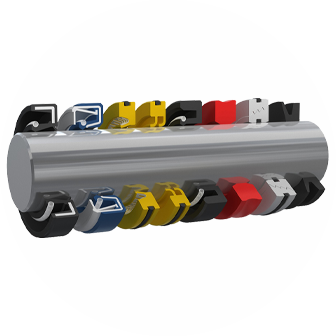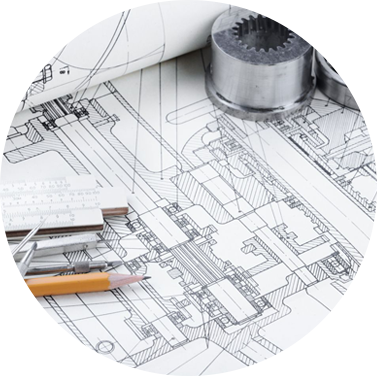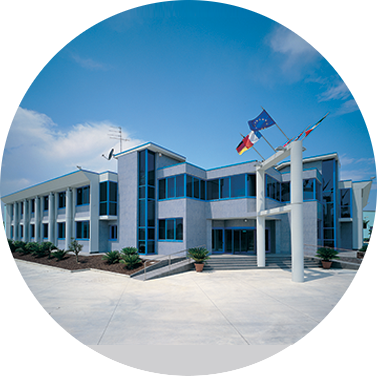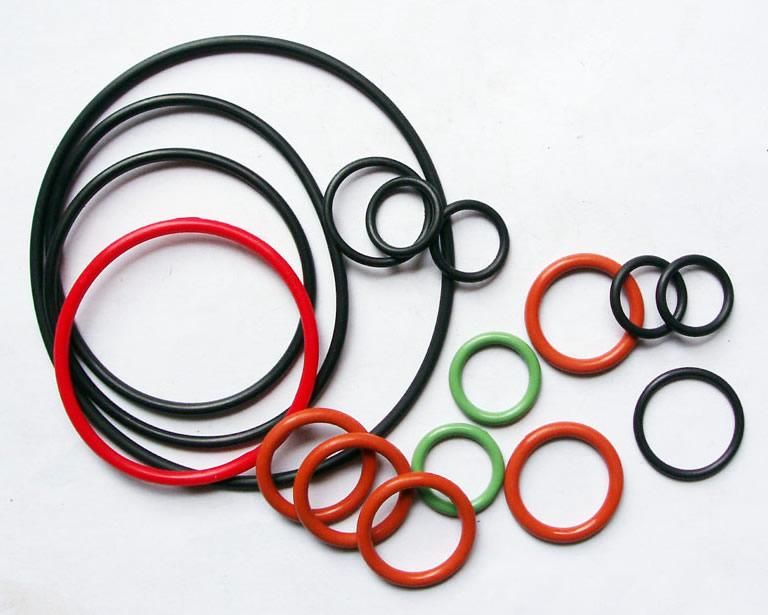
Present almost everywhere, called to meet the needs of the most varied sectors
The O-Ring is the seal device par excellence: the simplest and cheapest, but also the most extraordinary and precious. An elastomer ring (commonly called rubber), with a circular section, used as a mechanical seal or seal. They are designed to be inserted in special housings whose compression creates a sealing system. The seal can be static, when the components do not move relative to each other, or dynamic. In the event that the friction between the moving joints causes overheating, it is necessary to adequately lubricate the O-ring.
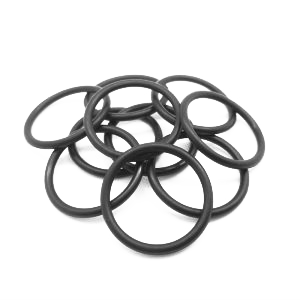
Four factors that make the difference
COMPATIBILITY
To determine the appropriate elastomer it is necessary: determine the service fluid with which the ororing is in contact; consider any fluids for washing, purging and lubrication; consider the intended use based on: temperature, pressure, friction and time. A compound is compatible when its chemical and physical characteristics undergo variations acceptable for the use for which it is intended.
HARDNESS
It is expressed in Shore A (scale from 1 to 100). The measurement is carried out with the durometer 6 mm thick rubber samples according to the method established by ASTM D2240. The determination of the hardness on thicknesses less than 2 mm is carried out with the micro durometer, which provides values expressed in IRHD on a graduated scale similar to Shore A, in this case the method followed is the ASTM D1415.
PRESSURE
High pressures require hardness of 90 Shore A and, we recommend using parbak, to be combined with an Oring of hardness 70 Shore A. The latter has a better sealing capacity thanks to a better compression set which is greater than rings with hardness 90 Shore A. Low pressures require average hardness of 70 Shore A while, in the case of smooth surfaces, the use of hardness equal to 60 Shore A is recommended.
TEMPERATURE
In addition to the serving temperature, it is also necessary to consider the minimum or maximum temperature to which the compound is exposed. For short periods the compounds can withstand temperatures higher than the service ones (e.g. a normal nitrile compound can withstand 155 °C for about 1 hour). Low temperatures generally require compounds that maintain a minimum of resistance (eg NBR). The maximum temperatures are obtained from endurance tests in immersion in the fluid, to which the mixture is generally intended.
